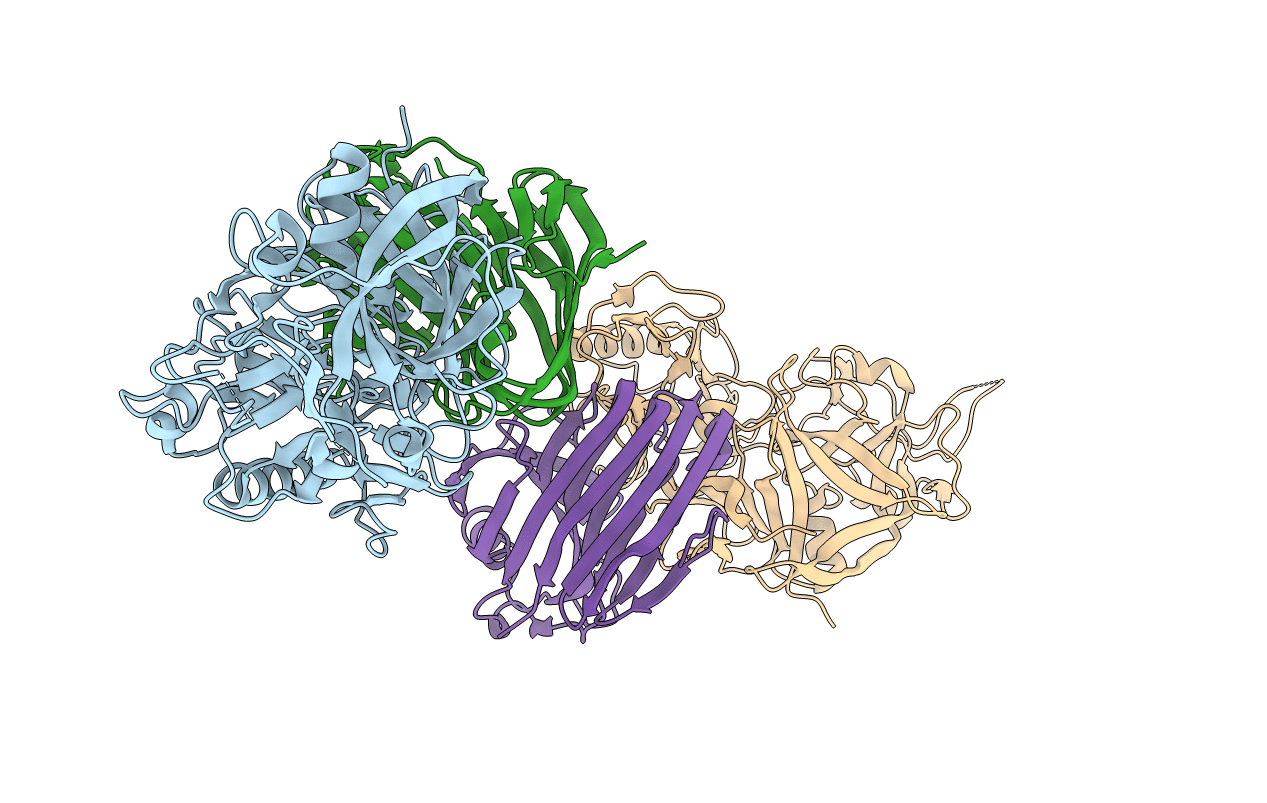
Deposition Date
2011-11-30
Release Date
2012-04-18
Last Version Date
2024-11-20
Entry Detail
Biological Source:
Source Organism:
Daucus carota (Taxon ID: 4039)
Aspergillus aculeatus (Taxon ID: 5053)
Aspergillus aculeatus (Taxon ID: 5053)
Host Organism:
Method Details:
Experimental Method:
Resolution:
2.70 Å
R-Value Free:
0.34
R-Value Work:
0.25
R-Value Observed:
0.26
Space Group:
C 1 2 1


